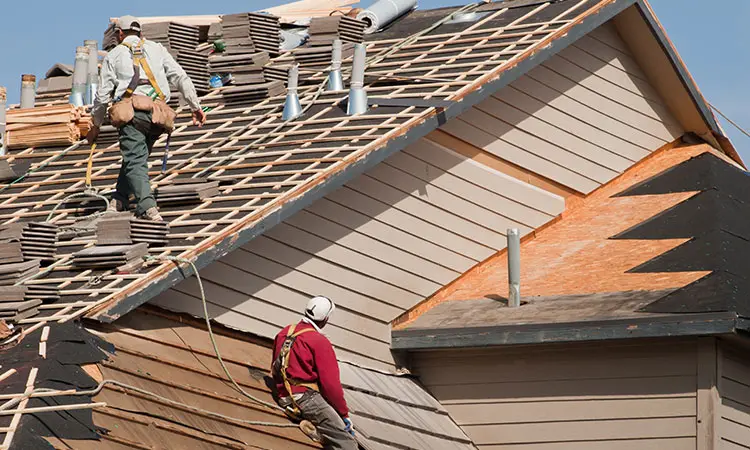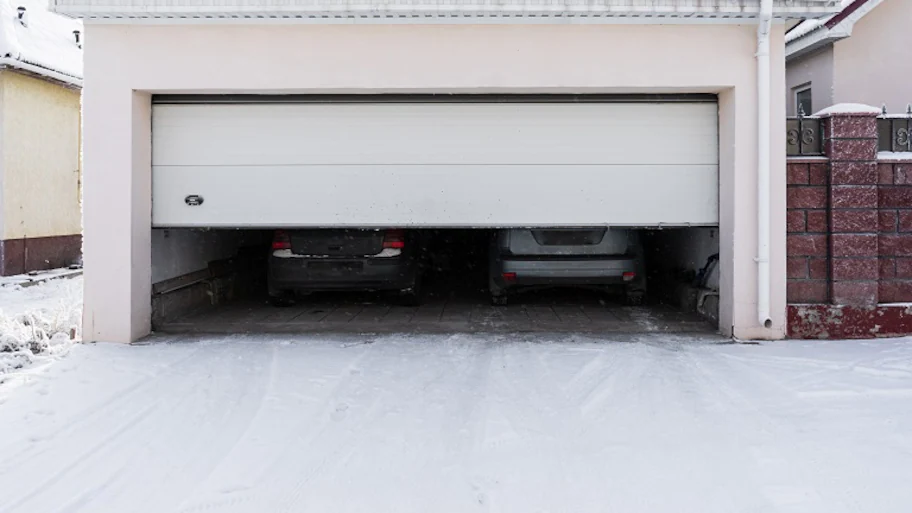Cracks in ceiling and walls are more than just cosmetic nuisances. They can be indicative of underlying structural issues that pose serious risks to your home. Often dismissed as minor imperfections, these cracks warrant immediate attention to prevent further damage and ensure the safety of your property. In this comprehensive guide, we delve into the causes, implications, and solutions for cracks in ceiling and walls, shedding light on the hidden dangers lurking within your home.
Understanding the Causes of Cracks in Ceiling and Walls
Before delving into solutions, it’s essential to understand what causes cracks to appear in the ceiling and walls. While they may seem like surface-level blemishes, these cracks can stem from various factors, including:
- Foundation Settlement: Uneven settling of the foundation can exert pressure on the structure above, leading to cracks in the ceiling and walls.
- Moisture Intrusion: Water infiltration due to leaks in the roof or plumbing can weaken the integrity of the building materials, resulting in cracks over time.
- Structural Shifts: Natural shifts in the earth, such as seismic activity or soil erosion, can cause the building to settle unevenly, manifesting as cracks in the ceiling and walls.
- Temperature Fluctuations: Extreme temperature changes can cause expansion and contraction of building materials, eventually leading to cracks.
Recognizing the Signs of Structural Damage
Identifying cracks in ceiling and walls early is crucial for addressing underlying structural issues before they escalate. Here are some common signs of structural damage to watch out for:
Visible Cracks: Obvious cracks in the ceiling and walls, especially those that appear suddenly or widen over time, indicate potential structural issues.
Sagging Ceilings: Sagging or drooping ceilings can signify underlying structural damage, often caused by moisture or compromised support beams.
Bowing Walls: Walls that bow or bulge outward may indicate pressure from the foundation or excessive moisture.
Sticking Doors and Windows: Difficulty opening or closing doors and windows could be a sign of foundation settlement, causing the frame to shift out of alignment.
The Implications of Ignoring Cracks in Ceiling and Walls
Ignoring cracks in ceiling and walls can have far-reaching consequences beyond aesthetics. Failure to address these issues promptly can result in:
Compromised Structural Integrity: Cracks may worsen over time, compromising the stability of the entire structure and posing safety risks.
Mold and Mildew Growth: Moisture seeping through cracks can create an ideal environment for mold and mildew growth, leading to respiratory issues and further damage to the property.
Decreased Property Value: Structural damage detracts from the overall value of the property, making it harder to sell or requiring costly repairs before listing.
Solutions for Repairing Cracks in Ceiling and Walls
Once cracks in ceiling and walls are detected, it’s essential to take corrective action promptly. Depending on the severity and underlying cause of the damage, solutions may include:
Foundation Repair: Addressing underlying foundation issues is crucial for preventing further structural damage. This may involve underpinning, hydraulic lifting, or installing supportive piers to stabilize the foundation.
Waterproofing: Sealing any sources of moisture intrusion, such as roof leaks or plumbing issues, is essential for preventing future damage. Waterproof coatings and sealants can help protect the building materials from water damage.
Crack Repair: Patching and sealing cracks in the ceiling and walls can help prevent moisture infiltration and further deterioration. Depending on the material, options may include caulking, epoxy injections, or plaster repairs.
Structural Reinforcement: Reinforcing compromised areas with additional support, such as steel beams or braces, can help redistribute the load and prevent further damage.
Preventing Future Damage
While repairing existing cracks is essential, taking proactive measures to prevent future damage is equally important. Here are some preventive measures to consider:
Regular Maintenance: Schedule routine inspections and maintenance to identify and address potential issues before they escalate.
Proper Drainage: Ensure proper drainage around the foundation to prevent water from pooling and causing soil erosion.
Monitor Humidity Levels: Use dehumidifiers to maintain optimal indoor humidity levels and prevent moisture-related issues.
Professional Consultation: Consult with structural engineers or foundation specialists to assess the integrity of your home and recommend appropriate measures for reinforcement.
Conclusion
Cracks in ceiling and walls may seem innocuous at first glance, but they can signify underlying structural issues that require immediate attention. By understanding the causes, recognizing the signs of damage, and implementing appropriate solutions, you can safeguard your home against the hidden dangers lurking within. Don’t wait until it’s too late—addressing cracks promptly can save you time, money, and stress in the long run. Your home is your sanctuary; protect it from the perils of neglect.



